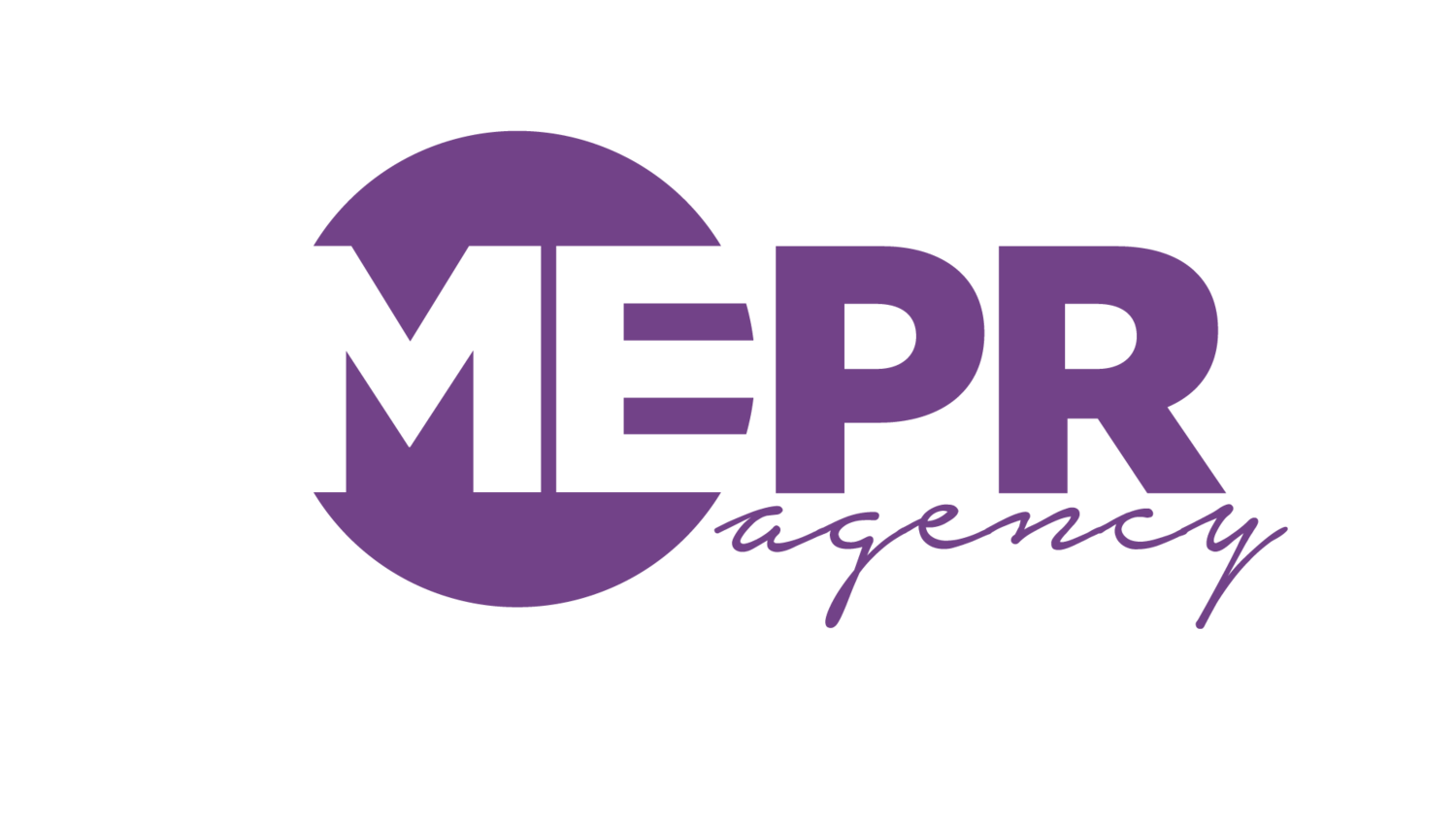How to Manage a Crisis (or Business Interruption)
“If you choose to, you can see life as a series of crisis moments - from the time you wake up to the time you go to bed. It is the choice you make to firmly plant your feet that determines how stable you will be.” - Kia Jarmon
Business, and life, are seemingly full of crisis moments. One moment you’re cruising down the highway and the next moment you’re aggressively dodging, and likely hitting, potholes. (Welcome to Nashville!)
This same visual is true of our organizations.
Very honestly, if we really thought about it, crisis could be a constant for most of us - from the recent government shutdown to the printer in the office breaking down - there is a never ending well of opportunities to have an issue arise.
In my years of managing crisis - from homicide to online slander, employee exits to technology fails, there is one thing that is absolutely constant.
Unpredictability.
Over the last two months I have spent some time with various (agriculture) leaders from across the state discussing how they manage those unexpected moments and I provided them some tips that might also serve your organization too.
You don’t plan for the actual crisis, you plan for what happens after. We often believe that we write crisis plans to ensure that regardless of where you fall on the spectrum - from business interruption to full on tragedy - that we have an idea of what we should do amidst trauma. But realistically, you can’t predict or plan for every moment. Instead, what you want to plan for is what happens the seconds, days, or months after something happens. How do you begin planning? Work backwards. Write down your absolute worst case scenario and then begin to outline 1) how to prevent the issue, or at least circumvent overwhelming damage, or 2) the steps you need to take if that situation happens. Simply, as I shared with some students recently at my alma mater Belmont University, use the acronym, IFTTT (if this, then that).
Preparation could be among your greatest tools. I often say, “if you are always preparing, then you will always be prepared.” Success and crisis favor the prepared. Again, you’re not preparing for the crisis itself (because that would worry you to death). But is the plan that I’ve just encouraged you to write, usable? Have you trained your team about what to do when something happens? Do you follow the trends of your community or your industry to understand how something could impact your network? All of these questions and more about important as you are in constant preparation. Unless you operate in a high pressure crisis environment all of the time, these thoughts are best used in the context of your daily work and not separate from it.
Document what happened. More often than not, most organizations will go through a series of business interruptions a few times a year. That’s everything from a email glitch to social media being on the fritz (like we recently saw with Instagram) or even your telephone line or internet being out. Of course those all seem, and are, manageable. But here’s the thing, if we know that our building is going to lose power during every sign of rain then we either have to consider a move or a back up generator. By documenting the problem, you can almost always discover a solution. Or, you might have to solve it the same way every time. Make sure to write it out so that others can also follow the process. There is no need in the middle of an emergency or annoyance to reinvent the wheel.
Work towards recovery. You can't stay in crisis forever. After you've experienced something that has shaken your organization, it's time to start the recovery process. That may mean evaluating plans and programs that need to be refreshed or deleted. This might mean hiring or firing some folks. This could mean implementing new policies. Whatever road you take, know that the road to success is windy and full of bumps. Give yourself the space to make mistakes as you work to address the root of why the crisis happened and how to move forward.
If you've been through a traumatic crisis then you know how harmful or challenging it can be to feel like pushing forward. But guess what? You are still here. The strength of your resiliency plans is determined by how you assess and address adversity.
In addition to the actions above, here are a few quick steps for the next time you find yourself in an unexpected or uncomfortable situation.
Determine the level of crisis and who it concerns.
Address the concern and clarify, if appropriate.
Find ways to continue listening and seeking the blindspots.
Keep people, as necessary, carefully in the loop.
Become a resource or point to a resource, if appropriate / necessary.
Begin recovery of you/your organization's reputation.
Work to discover and/or address the root cause of the crisis.
Kia Jarmon is the award-winning Agency Director for MEPR Agency, a boutique public relations and community engagement firm that works to ensure inclusive and strategic communication programs for businesses, nonprofits, and government agencies. For more information on how she can support your organization, email info@mepragency.com or call 615.592.6377 (MEPR).


